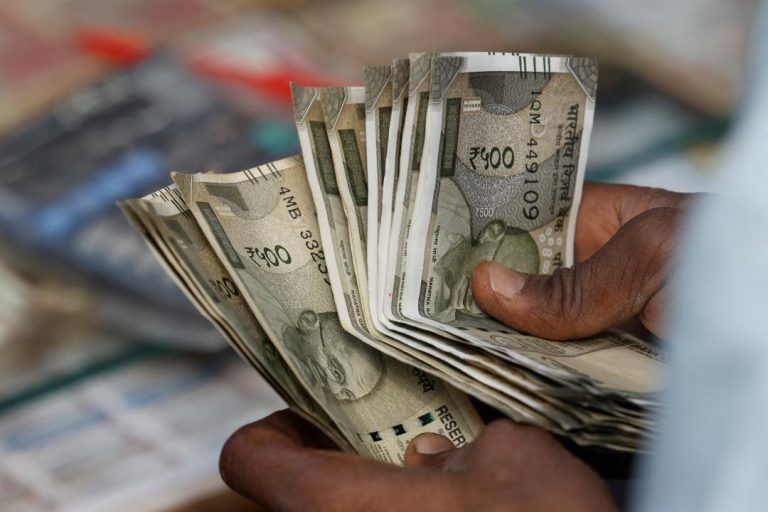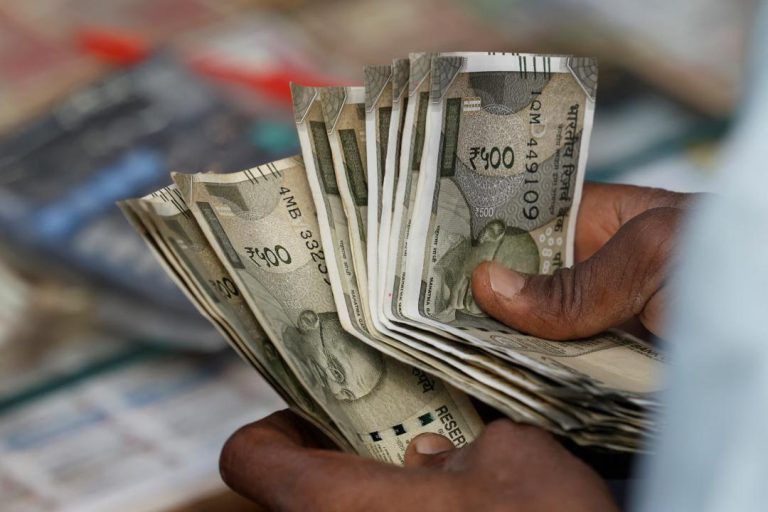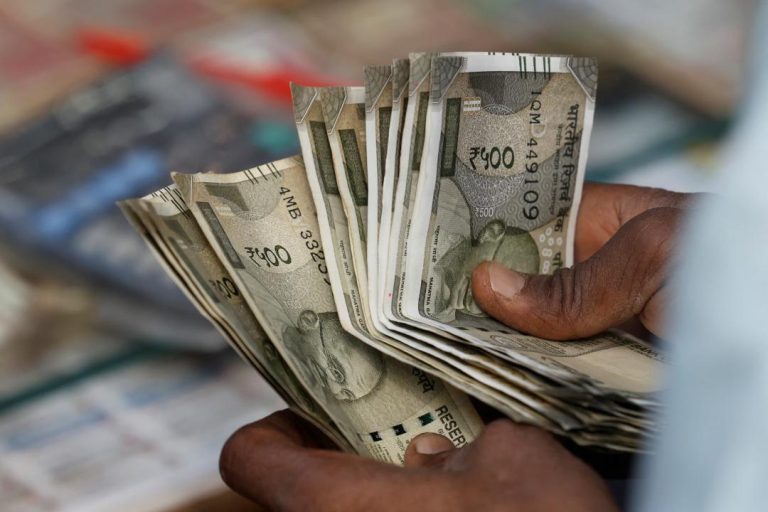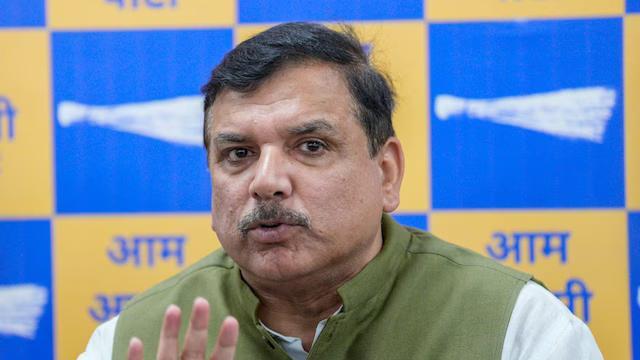
What got cheaper & costlier in March as CPI falls to 67-month-low of 3.34%?
India’s retail inflation, measured by the Consumer Price Index (CPI), fell to a 67-month-low of 3.34% in March, prompting a mixed bag of price movements across various essential commodities. While prices of some food items and household goods witnessed significant declines, others saw marginal rises. In this blog post, we’ll take a closer look at what got cheaper and costlier in March.
Price Declines
According to the data released by the Ministry of Statistics and Programme Implementation, prices of eggs, vegetables, and pulses saw considerable declines in March. Eggs, which were priced at Rs 4.19 per piece in February, dropped to Rs 4.03 per piece in March, marking a decline of 3.6%. Similarly, the prices of vegetables, which were at Rs 56.49 per kilogram in February, fell to Rs 53.43 per kilogram in March, registering a drop of 5.4%. Pulses, which were priced at Rs 83.92 per kilogram in February, declined to Rs 79.19 per kilogram in March, a fall of 5.5%.
Other items that saw price declines, albeit marginally, include spices, meat, fish, housing, recreation, and amusement. Spices, which were priced at Rs 104.79 per kilogram in February, fell to Rs 103.39 per kilogram in March, a decline of 1.2%. Meat, fish, and poultry products, which were priced at Rs 141.95 per kilogram in February, dropped to Rs 139.15 per kilogram in March, a fall of 1.8%. Housing, recreation, and amusement services, which were priced at Rs 156.09 per month in February, fell to Rs 153.39 per month in March, a decline of 1.9%.
Price Rises
On the other hand, prices of some essential items saw marginal rises. Fruit prices, which were priced at Rs 83.42 per kilogram in February, jumped to Rs 86.92 per kilogram in March, a rise of 4.1%. Cereals, milk, oil, sugar, confectionery, clothing, snacks, sweets, pan, tobacco, footwear, fuel, and health and education services all saw marginal price rises, ranging from 0.1% to 1.1%.
Why the Decline in CPI?
So, what led to the decline in CPI to a 67-month-low of 3.34%? There are several factors that contributed to this decline. One of the primary reasons is the decline in global crude oil prices, which has a direct impact on fuel prices in India. Additionally, the government’s efforts to improve agricultural productivity and increase grain production have led to an increase in the availability of essential commodities, thereby keeping prices in check.
Another factor that contributed to the decline in CPI is the base effect. The CPI in March 2020 was affected by the COVID-19 pandemic, which led to a surge in prices of essential commodities. This year, the base effect has come into play, making the current CPI level appear lower than it actually is.
Conclusion
In conclusion, the CPI falling to a 67-month-low of 3.34% in March is a welcome development for Indian consumers, particularly those from low-income households. While prices of essential commodities like eggs, vegetables, and pulses have seen significant declines, others like fruit prices have seen sizeable jumps. As the government continues to work towards improving agricultural productivity and reducing inflation, it is likely that the CPI will continue to remain low, providing relief to consumers.
News Source:






